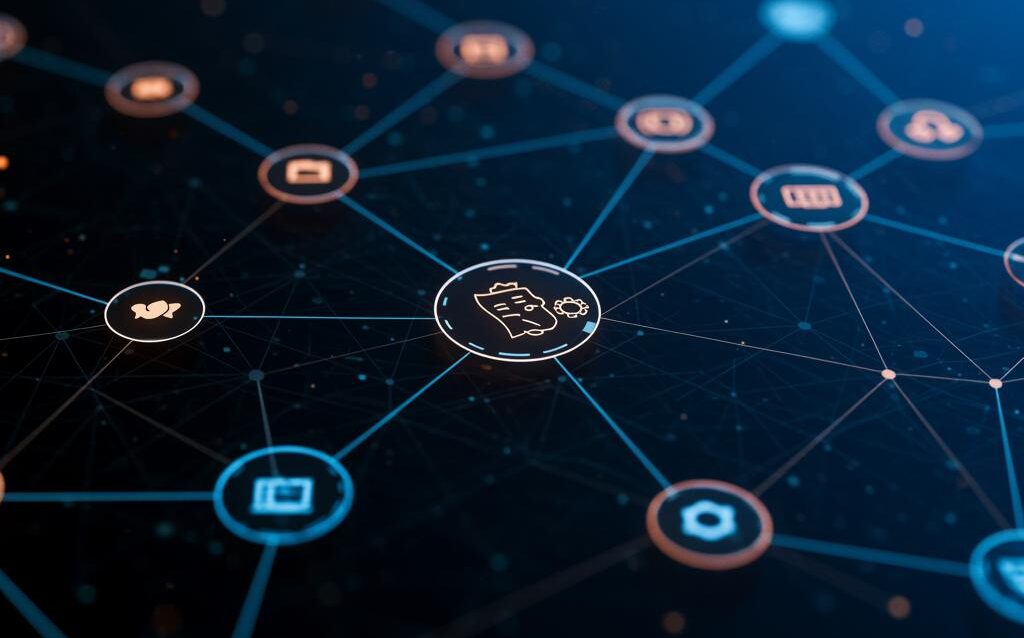Microservices Observability: Monitoring Distributed Systems
Microservices Observability: Monitoring Distributed Systems
In today’s complex software landscape, microservices architecture has become a popular choice for building scalable and resilient applications. However, this approach introduces significant challenges when it comes to monitoring and understanding the behavior of these distributed systems. Observability, encompassing monitoring, tracing, and logging, is crucial for effectively managing microservices and ensuring their health and performance.
Understanding the Challenges of Microservices Monitoring
Traditional monitoring techniques often fall short when applied to microservices. The distributed nature of these systems makes it difficult to pinpoint the root cause of issues. Here’s why:
- Increased Complexity: Microservices introduce a higher degree of complexity compared to monolithic applications. Many independent services interact, making it harder to track requests and diagnose problems.
- Ephemeral Infrastructure: Microservices are often deployed in dynamic environments like containers and cloud platforms, leading to rapid scaling and frequent changes in infrastructure.
- Network Latency: Communication between microservices involves network calls, which can introduce latency and impact overall performance.
- Data Silos: Each microservice typically has its own database and logs, making it challenging to correlate data across the entire system.
The Need for a Holistic Approach
Effective microservices monitoring requires a holistic approach that goes beyond simple metrics and alerts. We need to be able to answer questions like:
- Which service is causing the bottleneck?
- What is the impact of a particular code change on system performance?
- How are requests flowing through the different services?
- Are there any hidden dependencies between services?
Key Pillars of Microservices Observability
Observability is built on three key pillars: metrics, logging, and tracing. Each pillar provides unique insights into the behavior of microservices.
Metrics: Measuring Performance and Resource Utilization
Metrics are numerical measurements collected over time that provide insights into the performance and resource utilization of microservices. They allow you to track key indicators and identify potential issues.
- Types of Metrics: Common metrics include CPU utilization, memory consumption, request latency, error rates, and throughput.
- Collection Methods: Metrics can be collected using agents, libraries, or exporters that integrate with monitoring systems like Prometheus, Grafana, and Datadog.
- Alerting: Define thresholds for key metrics and configure alerts to notify you when these thresholds are exceeded.
Logging: Capturing Events and Debugging Information
Logs are textual records of events that occur within microservices. They provide detailed information about application behavior and can be invaluable for debugging and troubleshooting.
- Structured Logging: Use structured logging formats like JSON to make logs easier to parse and analyze.
- Correlation IDs: Include correlation IDs in log messages to track requests across multiple services.
- Centralized Logging: Aggregate logs from all microservices into a central logging system like Elasticsearch, Logstash, and Kibana (ELK stack) or Splunk.
Tracing: Tracking Requests Across Services
Tracing is a technique for tracking requests as they flow through multiple microservices. It allows you to visualize the entire request path and identify performance bottlenecks.
- Distributed Tracing: Implement distributed tracing using tools like Jaeger, Zipkin, or OpenTelemetry.
- Spans and Traces: A trace represents a complete request, while a span represents a single operation within a service.
- Context Propagation: Ensure that tracing context is propagated between services to maintain the correlation of spans.
Implementing Observability in Microservices
Implementing observability requires careful planning and the right tools. Here are some practical tips:
Choose the Right Tools
Select observability tools that are well-suited for microservices environments. Consider factors like scalability, performance, and integration with your existing infrastructure.
Instrument Your Code
Instrument your microservices with metrics, logging, and tracing libraries. This will allow you to collect the data you need to monitor and troubleshoot your applications.
Automate Deployment and Configuration
Automate the deployment and configuration of your observability tools to ensure consistency and reduce manual effort.
Establish Clear Monitoring Goals
Define clear monitoring goals and metrics that align with your business objectives. This will help you prioritize your efforts and focus on the most important aspects of your microservices.
Foster a Culture of Observability
Promote a culture of observability within your team. Encourage developers to write code that is easy to monitor and troubleshoot.
Conclusion
Microservices observability is essential for managing the complexity of distributed systems and ensuring their health and performance. By implementing metrics, logging, and tracing, you can gain valuable insights into the behavior of your microservices and proactively address potential issues. Embracing a holistic and automated approach to observability will empower your team to build and operate resilient and scalable microservices applications.

